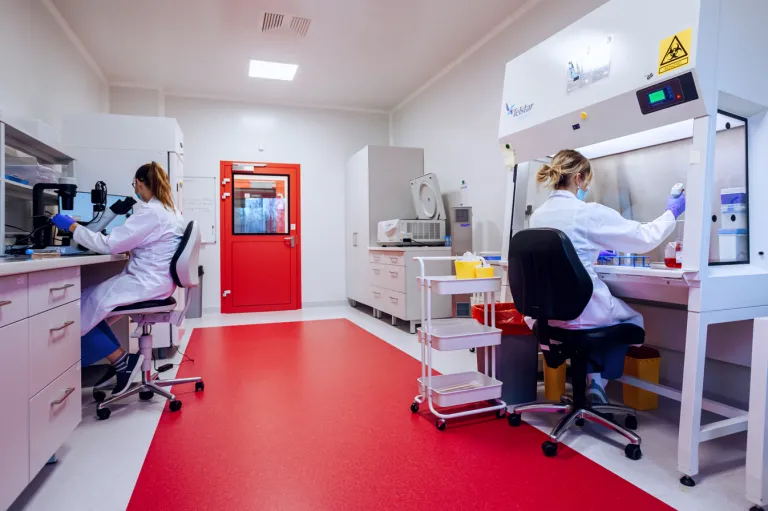Birth induction in England is carried out when there are medical indications for it. Physical or pharmacological methods are used for this purpose. During artificial induction of labor, the pregnant woman remains under the care of medical personnel at all times.
In most cases, labor begins spontaneously between 37 and 42 weeks of pregnancy. Its signs are regular uterine contraction activity and the departure of fetal waters. However, it happens that despite exceeding 42 weeks, the pregnancy does not terminate, which poses a serious risk to the fetus. Then artificial induction of labor is necessary.
What is inducing labor?
Labor induction or induction of labor involves inducing uterine contraction activity using artificial methods, making it possible to deliver a baby by natural means. This procedure is carried out only when there are strict medical indications. This is always decided by the doctor.
Induced labor in England is carried out in 30% of women. At the end of the pregnancy, the midwife always discusses the topic with the pregnant woman and presents the benefits, course and consequences. The decision on whether the mother-to-be agrees to induce labor is recorded in the birth plan.
Induction of labor – when is it necessary?
Birth induction in England is carried out when labor has not started within 12 days of the expected date. Then the medical staff decides to artificially induce uterine contraction. Beforehand, the woman meets with a midwife and is encouraged to try natural ways to induce labor.
It is not only a carried pregnancy that requires medical intervention. Other indications for inducing labor include:
- serological conflict,
- pre-eclampsia,
- placental insufficiency,
- Intrauterine fetal growth retardation,
- diabetes,
- Premature rupture of the fetal bladder.
The induction of labor also has some contraindications. The procedure cannot be carried out in the case of:
- Fetal malposition,
- Too small dimensions of the woman’s pelvis in relation to the size of the baby,
- Infectious diseases of the genitals (such as herpes).
In such cases, a cesarean section is performed.
Methods of inducing labor in England
The induction of labor in England is preceded by a cardiotocographic (KTG) examination, during which the fetal heart rate and uterine contraction activity are assessed. The midwife then performs a cervical massage, which acts as a stimulant and can induce contractions. However, this method does not always produce the desired results, so other methods are sometimes used.
Methods of inducing labor in England are:
- A gel or suppository with prostaglandin (a hormone that is responsible for the maturation of the cervix); the agent is placed in the vagina for 24 hours;
- Intravenous administration of oxytocin (a hormone that stimulates uterine contraction activity);
- A balloon catheter placed in the cervix; the pressure it creates stimulates the body to produce labor hormones;
- Puncture of the fetal bladder – the midwife, using a small hook, pierces the fetal bladder, which results in the release of prostaglandins and the start of labor.
The last method is carried out provided that the cervix is found to be 2-3 centimeters dilated and the baby’s head is properly positioned. If artificial induction of labor is unsuccessful, a cesarean section is performed.
Worth reading: What are the symptoms of childbirth?
Is it safe to induce labor?
The induction of labor is carried out only when there are medical indications. The entire procedure is controlled by a gynecologist and midwife to ensure the safety of the pregnant woman and baby. Nevertheless, some women may experience complications: uterine atony, postpartum hemorrhage, uterine muscle fatigue, uterine rupture or intrauterine infection.
See also: How can labor be accelerated?
Rate this article:










